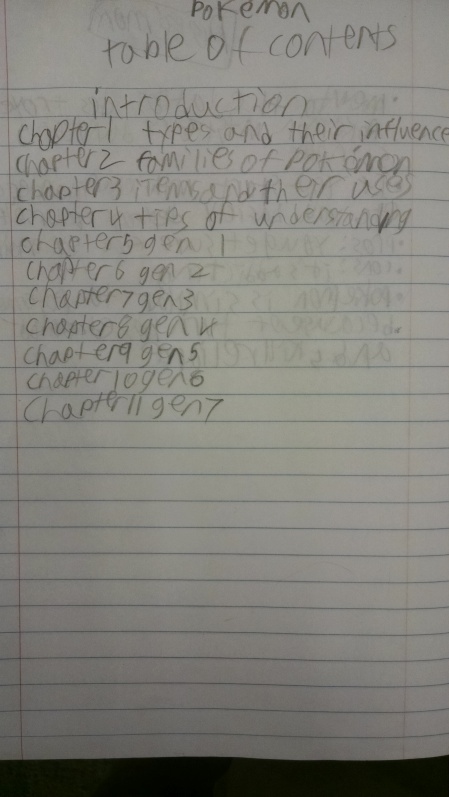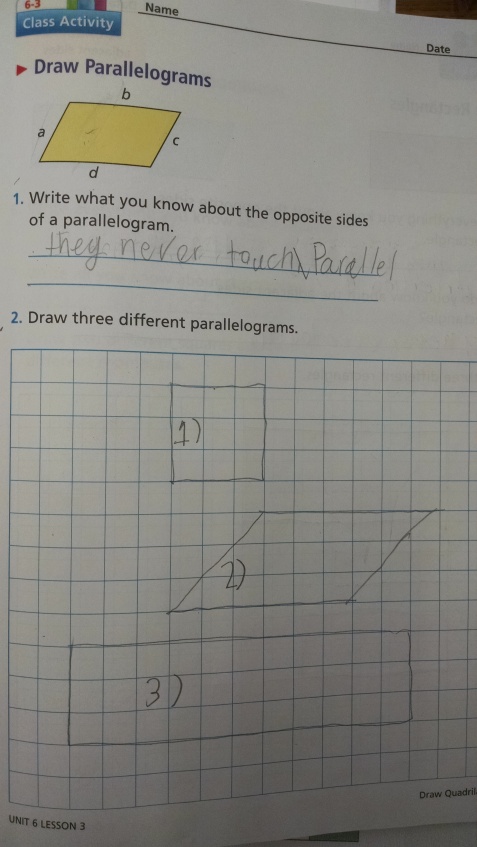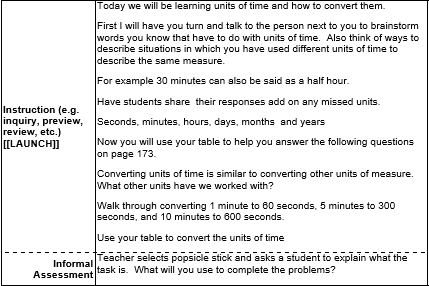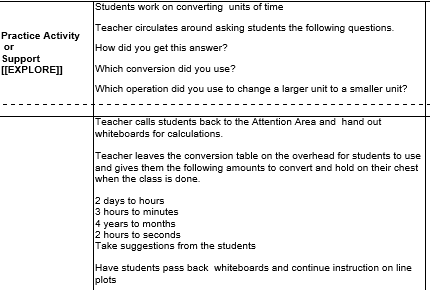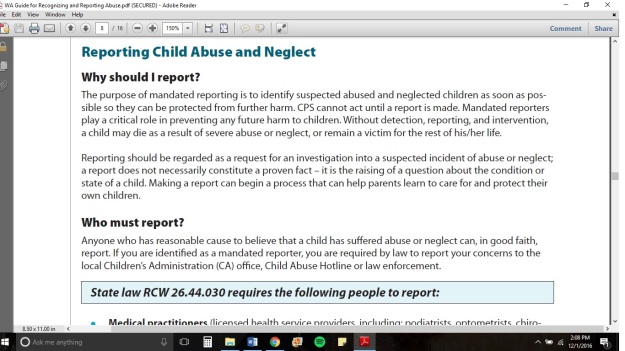6.4 Using Assessment to Provide Feedback to Students
Effectively using assessments to provide feedback benefits student learning because it gives them a direction to follow to build on their strengths or weaknesses. Feedback should be of high quality, applicable, and understandable to the student so they know where their current learning development is at and what to focus on next.
The document attached is the result of feedback I offered a student after using previous assessment data. I had been noticing and documenting that this student has trouble getting started on a task. He usually sits at his desk reading a book or thinking about what he is going to do. He also is not very confident when it comes to his handwriting abilities. Based on a pre-assessment I administered to check current student understanding of informational writing, he didn’t have very much written down. I sat next to him sharing some of the struggles I notice he is having and giving him strategies to work with when writing a draft table of contents for an informational topic. He shared that he knows a lot about certain Pokemon, characters from a video game, but doesn’t know where to start. I said, “What’s the most important subtopic you want your reader to know first?” He said, “Types of Pokemon.” I told him to just start writing about that and other ideas will come to him. The strategy of writing one small thing that’s important first is helpful to get started and write more ideas down. Eventually he was able to list 11 chapters on his topic.
This short conference I had with this student allowed me to provide useful feedback based on what I was noticing from his assessments and previous work. I learned that its important to review the assessments we administer and think about reasons why a student could be struggling. Getting an opportunity to have one on one conference with students will also shed light on what could be going on and create a fuller picture of what the assessments are showing.
Next steps to increase effectiveness would be to continue to work with this student on strategies to get writing started. Continuing to have conferences and offering questions to students to provide immediate feedback will guide them toward complete their individual goals and put more meaning at their time at school.